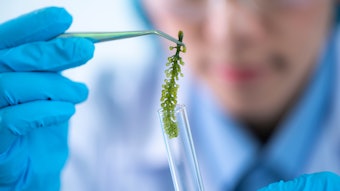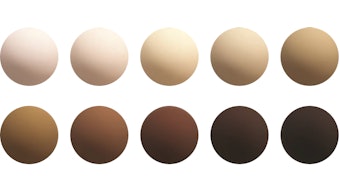
A recent commentary by Haykal and Rocha, published in the Journal of Cosmetic Dermatology, highlights the need for research to explore the relationship between laser treatments in esthetic dermatology and their effects on the skin microbiome. Titled "Navigating the Intersection of Lasers and the Skin Microbiome: A New Frontier in Esthetic Dermatology," this article underscores gaps in understanding the implications of laser treatments on the skin's microbial ecosystem, with implications for cosmetic chemists and formulators who aim to develop safer and more effective dermatological interventions.
Impact of Lasers on Skin: Potential Microbiome Effects
Laser treatments are widely celebrated for their ability to address concerns like acne scars, hyperpigmentation and skin laxity. However, their effects on the skin’s microbiota have remain largely understudied. Considering the various modes of action of lasers, the authors highlight:
- Ablative lasers, which remove the skin’s outer layer, could significantly disrupt the microbiome and expose deeper tissues to opportunistic pathogens;
- Non-ablative lasers, although less invasive, may alter microbial habitats and cause mild disturbances to microbiota; and
- Fractional lasers, which create controlled micro-injuries to allow for faster healing, may influence local microbial populations.
Beyond bacterial populations, the impact of lasers may extend to interactions with physiological skin phages, the authors report. In fact, potential interactions between skin phages and external factors, such as temperature changes induced by laser treatments, are reportedly an emerging area interest.
In addition, the inflammatory response triggered by laser treatments could exacerbate microbial imbalances, especially in pre‐existing conditions like rosacea, where inflammation and dysbiosis are already intertwined. Even by altering skin hydration levels, laser treatments may shift microbial communities, favoring certain species over others.
The authors add that while the skin's regeneration processes often restore microbial balance post-treatment, microbiome-conscious treatment protocols are necessary. "Understanding how different laser modalities interact with the skin microbiome is crucial for optimizing patient outcomes," they noted.
Advancing Microbiome-Friendly Practices
Recommendations for safer protocols include the following.
Probiotic and postbiotic applications: Using products designed to replenish beneficial bacteria can help restore microbial balance during laser treatement recovery.
Tailored treatment plans: Individualized protocols based on patient microbiome analysis could reduce the risk of dysbiosis and infections.
Combination Therapies: Emerging technologies that pair lasers with photobiomodulation or LED therapy show promise in minimizing microbial disruption.
Post-treatment strategies suggested are:
- Using ceramide-rich moisturizers and occlusives to protect the skin barrier.
- Avoiding harsh cleansers or alcohol-based toners, which can exacerbate microbial imbalances.
- Incorporating skin microbiome-supporting products, such as prebiotics or microbiome-friendly formulations.
Bridging the Gap with Future Research
Haykal and Rocha also emphasize that large-scale, controlled studies are needed to better understand the long-term effects of laser treatments on the microbiome. Emerging tools like AI-driven diagnostics and microbiome sequencing could revolutionize how practitioners and/or product developers create personalized dermatological interventions.
Microbiome-conscious technologies are paving the way for safer and more effective skin treatments. By prioritizing research in this niche, esthetic dermatology can evolve to deliver not just superficially appealing results, but also profound improvements in biological harmony. Industry leaders, cosmetic chemists and formulators must collaborate to create innovative solutions that respect this delicate microbial ecosystem.










